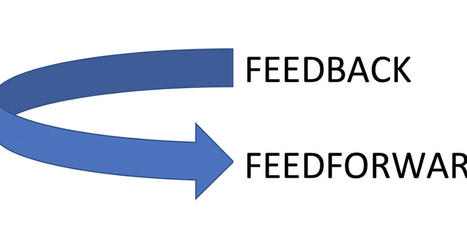Most of the frustration experienced by learners is poor, slow or inadequate feedback; the embarrassment of being asked questions in a classroom in front of others, even one-to-one by a human tutor, the fear of asking questions in a classroom or in a Zoom session, as you’d feel stupid, the lack of opportunity to ask for clarification or ask questions in a Zoom lesson, classroom or lecture, the email reply that takes days to come back, that solitary mark A-D and brief comment on a piece of work or general and non-specific comments like ‘needs more clarification’.
Via Elizabeth E Charles



 Your new post is loading...
Your new post is loading...








